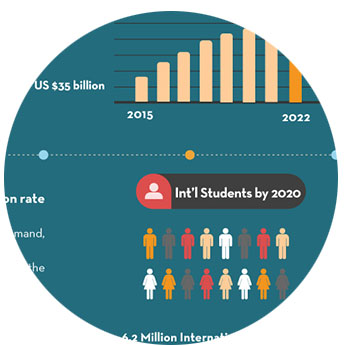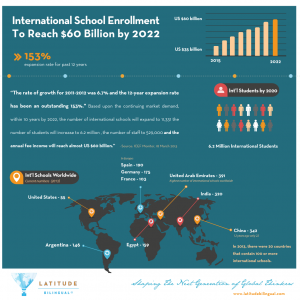
Perhaps one of the oldest debates in the cognitive sciences centres on whether children have an inborn faculty of language. This faculty makes it possible for children to learn the language of their community.
Evidence for its existence comes from the richness of the system that language users come to have as compared to the finite set of sentences that any one learner is exposed to.
But, in many cases, it is hard to tell how this faculty operates because children’s language environment contains many cues to linguistic structure. And, of course, children learn precisely the language of their community. Nobody exposed only to English ever learned Japanese.
In the rare and unfortunate cases that children are not exposed to a language – as, for example, with deaf children who are not exposed to a signed language – previous evidence suggests that children nonetheless develop a communication system with some key structural features of natural languages. These kinds of situations suggest that children do have an innate faculty of language and that language can emerge even in the absence of experience.https://theconversation.com/parents-can-help-but-children-take-a-diy-approach-to-learning-language-53035
Children invent their own language structure
New research with four-year-old learners of Korean shows that, even when children are fully immersed in a language, they acquire linguistic features that are missing from their environment.
In essence, this work suggests that all children are, in some sense, isolated from the structures that underlie the language of their environment. And, like the deaf-isolates, all children (re)invent the structure of their language.
The study focused on how Korean parents and children interpreted a series of negative sentences. It found, first, high variability among both adults and children in how they interpret these sentences. Although people were consistent in their interpretations across multiple sessions, they often differed from each other.
Second, the study showed that the interpretation of any given child was not predicted by the interpretation of their parent.
The fact that the variability was maintained in the children, but was not passed on from parent to child, suggests that speakers of Korean do not learn this feature of the language from their parents.
This was a small-scale study examining an obscure part of the Korean language. We focused on this feature because of its unpredictable variability among adults.
Most points of variation within a language can be predicted by geographical or other social features. Think tom-ay-to vs tom-ah-to, soda vs pop, or whether you get in line or on line.

The fact that this variability is unpredictable among adults made it a perfect test case for asking whether children learn from their parents. And the fact that the variability was independent in children and parents suggests that parents do not provide all of the information about their language to children. Instead, children are able to fill in the gaps, using their innate language faculty.
In the normal course of development, typical children do hear evidence about the structure of their language. This evidence comes from the speech of everyone around them – parents, teachers, adults and other children.
When children do sometimes make errors, they typically overcome them by the time they get to school age. Those errors that remain eventually disappear simply because they don’t match the language of the community.
What this new research shows is that language learning is not a passive process in which children simply absorb and copy all of the features of their environment.
Instead, children actively construct their language using a combination of their experience and their innate language-making capacity


